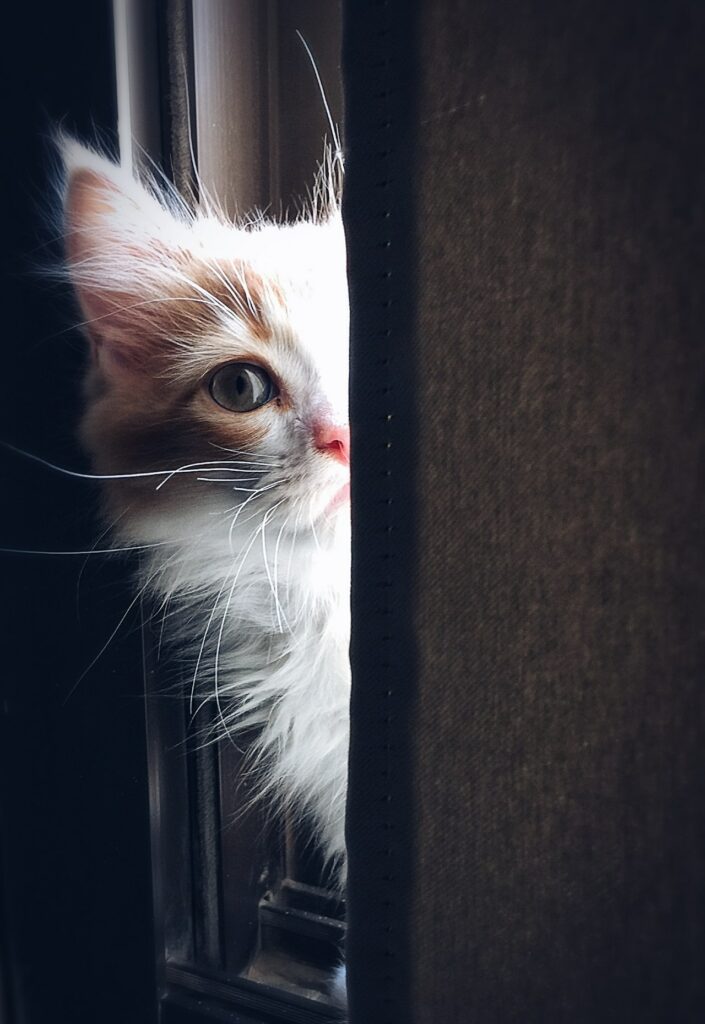Are You Ready to Get Click’n With Your Cat? A Guide to Clicker Training for Cats
Looking to take your cat training to the next level? Clicker training is becoming a popular way to train cats and teach them good behaviours, and it’s easier than you might think! This guide will give you an overview of clicker training basics, show you how clicker training can help modify problematic behaviours, explain the advantages clicker training offers pet owners, and provide helpful tips on how to get started clicker training your cat.
So let’s get clicking!
What is Clicker Training
Clicker training for cats is a growing trend in feline behaviour modification. It uses the same principles and techniques as those used to train dogs, but they are adapted to fit the unique needs of cats. Clicker training is based on operant conditioning, a type of learning in which animals learn that certain behaviours result in specific consequences. Clicker training involves using a clicker to mark desired behaviours and providing reinforcement or reward. This method can teach cats everything from basic obedience commands like “sit” and “come” to more complex behaviours like fetching objects, opening doors, and walking on a leash.
What Is Clicker Training?
Clicker training is a positive reinforcement-based animal training that originated with marine mammal trainers in the 1950s, who discovered that dolphins trained faster when they heard an audible cue—a click (hence the name “clicker”)—when they performed the correct behaviour. The click sound bridges the animal’s action and its reward (the reinforcement), letting them know exactly which behaviour resulted in what consequence. Clickers were first introduced for use with companion animals in 1998 by Karen Pryor, an animal behaviourist who developed them specifically for use in teaching cats and other small animals new behaviours.
How Does Clicker Training Work?
The core principle behind clicker training is simple: animals learn best through positive reinforcement. Every time your cat performs the desired behaviour, you should mark it with the click sound and then provide a reward or reinforcer (which could be anything from food treats to verbal praise). Over time, your cat will begin to associate certain behaviours with particular consequences—in this case, hearing the click sound followed by getting something desirable (like treats). This teaches them to repeat that behaviour because it results in something positive for them. As your cat learns to respond more quickly and accurately to clicks and commands, you can introduce new cues for more complex behaviours over time.
Benefits Of Clicker Training For Cats
- Using clickers can bring many benefits for both owners and their cats:
- It strengthens the bond between owner and pet since it encourages positive communication between two species that don’t share any common language traditionally;
- It makes it easier for owners to communicate their expectations when teaching their cat’s new behaviours.
- It allows owners to get creative when teaching their pets different tricks.
- It builds trust between cats and owners as they work together.
- It gives an outlet for mental stimulation—cats need just as much mental stimulation as physical exercise.
- Clickers make progress easier to measure since you can track exactly how far along your cat is with each behaviour.
Limitations Of Clicker Training For Cats
Although there are many benefits associated with clicker training for cats, there are also some limitations worth considering:
- Cats have shorter attention spans than dogs so they may become easily bored if asked to repeat one behaviour too often without variety or reinforcement;
- Cats tend not to respond well if scolded or punished during training—they usually respond better when praised or rewarded;
- Some cats may be resistant or unwilling to learn new things since some breeds are more naturally independent than others.
Conclusion
Clicker training has been successfully used on dogs since the 1950s but only recently began being applied specifically towards cats due ten years ago by behavioural scientist Karen Pryor. While not every cat will respond positively or willingly participate in this type of training, those that do can see great benefits ranging from an improved bond with their humans to complex activities like fetching objects and playing tug-of-war on command! Understanding how clicker training works and the pros & cons associated with using it on felines before starting will give you and your pet much better chances of success!
Ready to take clicker training for cats? Ensure your furry friend is always protected with pet insurance from Furrr.co.uk! With plans covering up to 90% of veterinary costs, your cat will be covered in case of unexpected medical bills arising from clicker training or any other activity. Sign up now and start clicker training with peace of mind!










